These numbers reveal that our food system is broken. While the solution is complex, our goal is simple—rescue surplus food going to landfills, use the ingredients (like salmon, heirloom tomatoes, cauliflower, and farm-fresh eggs) to cook delicious, nutritious meals, and connect them with our community members who need food assistance. But we are not just fighting hunger; we are also fighting food waste and climate change. By rescuing food and turning it into meals, we reduce greenhouse gas emissions and contribute to a more sustainable future.
Over 36% of Dutchess, Putnam, and Westchester County residents are in poverty or considered ALICE (Asset Limited, Income Constrained, Employed). As circumstances change, households may find themselves below or above the ALICE Threshold at different times and needing temporary or long-term assistance. However, ALICE populations experience the problematic position of earning more than the Federal Poverty Limit, ineligible for government assistance like SNAP, but not earning enough to afford the basics, including food.
Hunger is hidden—just because your neighbor, friend, relative, or someone you see on the street can drive a nice car or “looks” like they are financially stable doesn’t mean they are. According to the Urban Institute, 17.2% of fully employed individuals reported experiencing food insecurity in 2022 (Fortune). People who work still go through stages of instability—sometimes an unexpected medical bill, job loss, new family member, change in marital status, and many other unpredictable situations can lead to a temporary or long-term need for assistance.
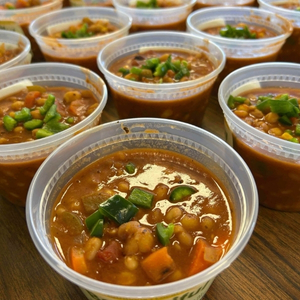
Our community freezers ensure that anyone can access healthy meals. Read more below about this innovative program that continues to grow and expand along with the need for alternative hunger relief in the Hudson Valley.
In 2022, we partnered with the Cornell Cooperative Extension of Putnam (CCEP) to stock freezers with easy-to-access, nourishing, and delicious grab-and-go meals made fresh in The Kitchen. This innovative program began as a way to increase health in older adults and was piloted at Putnam County senior centers but has rapidly evolved into a critical community service. Ensuring food is available where older adults gather and have scheduled transportation removes multiple barriers to access.
However, hunger and the obstacles to accessing relief affect individuals of all ages. That’s why we’re continually expanding our ready-to-eat meals and freezers to libraries and other community locations. We’re making it easier for anyone in need to access freezers filled with our nourishing meals—no complicated forms, no income verification, just access to good food.
While the county is known for its affluence, many residents quietly struggle with food insecurity, especially seniors, families, and those living with disabilities. That’s why starting in 2025, we’re growing our presence in Westchester through new partnerships and establishing community freezers that increase access. This expansion ensures that nutritious, ready-to-eat meals reach those who need them most.
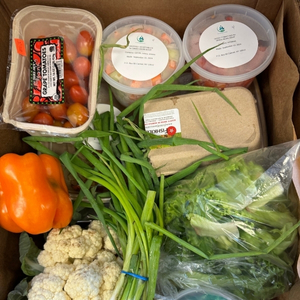
Like a CSA box, our signature CSN box program provides weekly deliveries of freshly prepared nutritious meals and groceries such as produce, eggs, dairy, bread, and other perishable staples. Recipients can pick up boxes in a drive-through setting or have them delivered by volunteers from Mount Carmel Bible Church. Launched in April 2020 to support vulnerable neighbors during the pandemic, it quickly proved to be an essential service that continues growing as the need for accessible, alternative hunger relief solutions remains higher than ever.
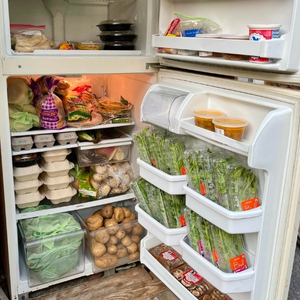
We also partner with food pantries, soup kitchens, programs serving the unhoused, an after-school program in low-income housing, and a parenting center to reach neighbors where they are. These collaborations enable us to expand the impact of our rescued food, providing consistent access to nourishing groceries and meals for children, families, and individuals facing food insecurity.
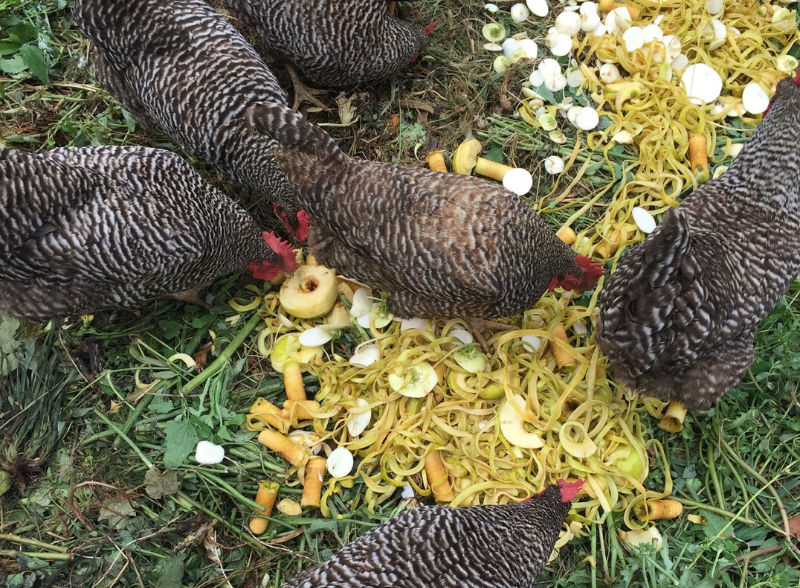
According to the USDA, when food is thrown out, all the resources used in producing, processing, transporting, preparing, and storing food are also wasted (2025). Food production is 10 percent of the total U.S. energy budget, uses 50 percent of the nation’s land, and accounts for 80 percent of the freshwater we consume (NRDC, 2012). With the latest estimate of food waste between 30–40 percent, there is still a considerable amount of additional waste. “[40 percent of food waste] is more than 20 pounds of food per person every month. Not only does this mean that Americans are throwing out the equivalent of $165 billion each year, but also 25 percent of all freshwater and huge amounts of unnecessary chemicals, energy, and land” (NRDC, 2012).
“Food waste, including methane from food rotting in landfills and other supply chain activities, is responsible for 8% of global greenhouse gas emissions”(Project Drawdown, 2025). According to the USDA, food loss and waste exacerbates the climate change crisis because of the significant greenhouse gas foodprint (USDA, 2022). “Production, transportation, and handling of food generate significant Carbon Dioxide (CO2) emissions and when food ends up in landfills, it generates methane, an even more potent greenhouse gas”(USDA, 2022). “EPA data show that food waste is the single most common material landfilled and incinerated in the U.S., comprising 24 and 22 percent of landfilled and combusted municipal solid waste, respectively” (USDA, 2022).
A 15% reduction in food waste in the US would save enough food to feed 25 million Americans annually (NRDC, 2012).
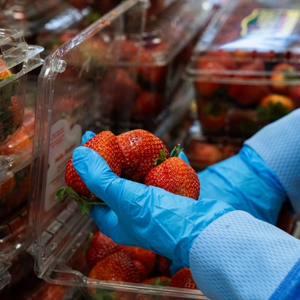
Approximately 10% of the food we recover is inedible; it is composted with our cooking scraps or donated to feed animals whenever possible.
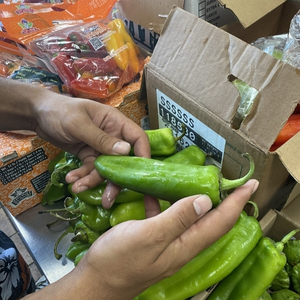
Reducing food waste is the third most impactful way to reverse climate change (Hawken, 2017).

Throughout our program and partnerships, we estimate that our food and meals nourished over 84,226 individuals in 2024.
We estimate that four meals or six pounds of fresh groceries can feed one person. We do not collect direct data from our partners to ensure that accessing food is easy for everyone. As a result, our total figure may include instances of the same person eating more than once, or, more likely, it may represent multiple people benefiting from the food we help provide, in which case our impact is more significant than reported.




Give today to join us on our mission to reduce waste and increase the access to nourishing food in the lower Hudson Valley!
Though we wish we could supply food to everyone in need, Second Chance Foods cannot provide meals or groceries directly to individuals. Our solution is to collaborate with existing programs in the community and supplement their food with our meals and groceries. If you or someone you know is in need of assistance, please refer to our resource page here for our partnerships and local options.
120 Marvin Ave
Brewster, NY 10509
Volunteer Questions contact Volunteer Coordinator Melissa Paladino 845-723-1309
For all other questions please contact us at 845-723-1315